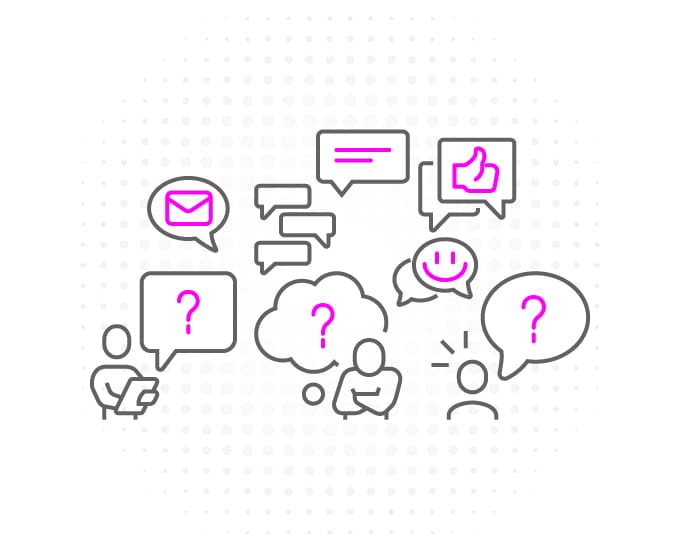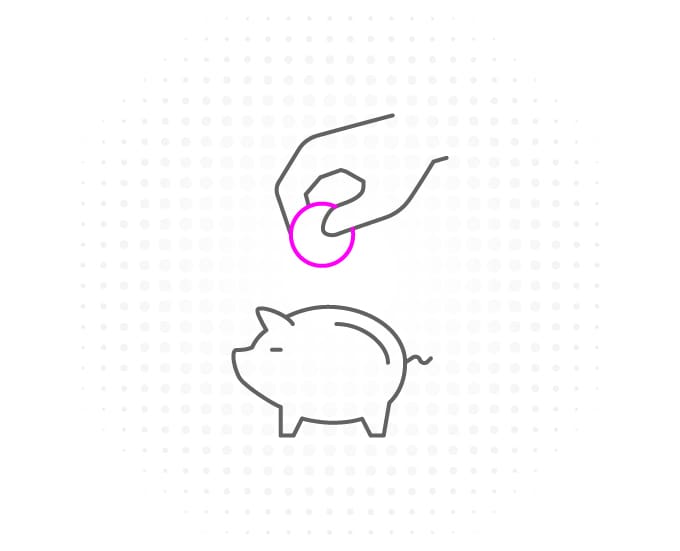Understand your customers better for a greater return
Data driven segmentation enables you to understand your customers on another level. And, when you truly understand your customers – their behaviours, attitudes, drivers – this brings many benefits. From helping you spend your budget more wisely, to refining your propositions.
Customer segmentation is often the foundation of a successful marketing campaign. In a recent study, Mailchimp found that open rates were, on average, 14.31% higher for segmented campaigns compared to unsegmented campaigns.
We’ve also seen these results reflected in the projects we’ve worked on. For example, the RNLI increased customer engagement by 53% by adopting a segmentation led approach.
So, if you want to engage your audience, segment your customers first for the best results.
How will segmentation help?

Understand Different Customer Drivers
Different people are motivated by different concepts, and there will be a wide range of needs within your audience. By spotting trends and common behaviours across segments, you can begin to understand what drives your audience.
For example, you may notice that younger members of your audience did not respond to a particular communication. This then gives you an opportunity to try a different approach with this particular segment of customers.
If you know more about your customers’ drivers, this can also lead you to explore new markets or products that segments might want.

Improve Communications
By implementing a segmentation strategy, you can improve the relevancy and timeliness of your engagements. This in time will improve brand perception and loyalty.
It also means you can become more personalised with your engagements as you understand more about what different segments like and don’t like.
With our help, TrustFord saw their email open rate increase by 23.3% by taking a segmented approach.

Reduce Marketing Wastage
Segmentation shines a light on audience behaviours, allowing you to be much more targeted and selective when it comes to spending your marketing budget.
Rather than gambling on blanket campaigns that don’t always hit the mark, you can reach out only to those who are highly likely to convert, saving you time and money.
The segmentation work we did with the RNLI enabled them to save £25,000 on their usual Christmas campaign, while still delivering a good return.

Increase Return on Investment
Improved messaging and targeting means increased return on your investment.
Whether that is subscription renewals, new purchases, or upselling to existing customers. Data driven segmentation helps you to get the right message to the right person, at the right time, heightening your chance of success.
The segmentation work we did with Nisbets actually increased their ROI by 600%.
How does the segmentation process work?
A step by step guide.
We’ll start out by looking at what data you have available and what your business objectives are.
In an ideal world you would have a 360 degree view of your customers, but we know this is often not the case, so we will explore what you do have and go from there.
There are a number of different ways to segment your customers depending on what is right for you and your business needs. You might want to segment using demographic data, such as age and gender. Or, you might want to group people according to their behaviour with your business. For example, Lifetime Value (LTV) or how regularly they buy from you (Recency, Frequency, Monetary).
We’ll help you define the segmentation methodology that will work best for you.
Next, the actual data analysis. Our data experts will look at your customer demographics, attitudes, and behaviours as well as other data specific to your business to build clusters.
Recognising trends across the data will help us segment your customers in the most sensible way, with your objectives in mind.
Creating personas is a way of bringing to life your range of customers and everything we have uncovered in the analysis stage.
Once you are armed with this information, you can then plan different approaches to communications and campaigns which will resonate with these different personas.
Related resources
More information about customer segmentation.
The secret to successful marketing communication lies in your ability to deliver the right message, to the…
The RNLI wanted to change the focus of their fundraising to place the supporter at the heart…
In the past, Nisbets issued seven catalogues to every customer in its database, each year. As a…



